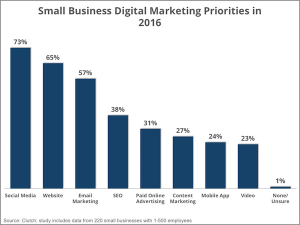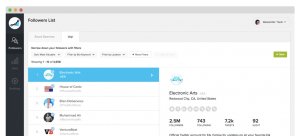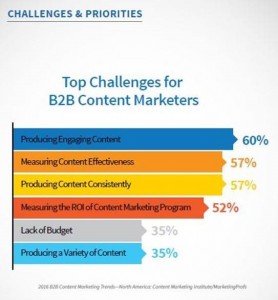 Ask anyone in sales operations and they’ll nod in agreement that a high performance revenue machine requires a perfect process. Order of operations matters immensely, and those processes require the highest quality data possible to function at peak performance. Salesforce is a vessel, and a mighty useful one. The purpose of Salesforce is to contain and create value, and this value is your data. Sales excellence demands that you put your data first. Follow these five data quality tips for your Salesforce instance to ensure peak sales performance.
Ask anyone in sales operations and they’ll nod in agreement that a high performance revenue machine requires a perfect process. Order of operations matters immensely, and those processes require the highest quality data possible to function at peak performance. Salesforce is a vessel, and a mighty useful one. The purpose of Salesforce is to contain and create value, and this value is your data. Sales excellence demands that you put your data first. Follow these five data quality tips for your Salesforce instance to ensure peak sales performance.
1. Make data easy to find
So many of the sales page layouts in Salesforce are littered with useless fields, remnants of the various hands that have touched them. Poor data accessibility is a top source of user frustration. Since user adoption is your Salesforce’s number one threat, starting with accessibility is a no brainer. Consult with stakeholders from all levels of sales, and have them bring their wish lists for page layout modifications to a whiteboard session. Less is more is your guiding principle. Use a free app on the Salesforce AppExchange, such as Field Trip, which provides simple reports on the fields of any object showing the percentage of the records that have each field populated. Review the Field Trip reports. Agree on changes and make them happen. Rinse, wash, and repeat 30 days later. Your team’s productivity will soar.
2. With data, just like pie, don’t buy more than you can eat
Be sure to properly size your total addressable market (TAM) when purchasing or building your own lists. Only buy/build the right amount that you can use before it spoils. Defining your Total Addressable Market is an early order of operations essential in planning your go-to-market sales strategy. Properly size the universe of Companies, Roles and Personas for outreach. Once you’ve sized that market, don’t buy more than you can eat. In other words, are you really going to send a million emails this quarter? Do you have the resources lined up to respond? Since data decay is a fact of life, a plan to refresh your data regularly is an absolute requirement. Start with a best of class database like Data.com for a regular data refresh and enable your team with an internet research tool like Capture! to fill in the gaps.
3. Stay away from the IT trap
To this day, many organizations have not put much thought into the specific manager of their data and information. Many sales organizations have fallen into the trap of assuming that “…since data is in the computer, it must be IT’s responsibility”. No! As a sales leader, your data is the one competitive sales advantage that is truly unique. Those with the best sales data recognize that management accountability for data must reside at the point of creation. The critical decisions made by business leaders hold the responsibility for the results. This has nothing to do with IT.
4. Share joint custody of your data with marketing
Sales and marketing are each other’s yin and yang; two incomplete entities whose successful cooperation yields 10x the sum of its parts. This is most true when it comes to your company’s data. It is not an exaggeration to say that cooperation on data quality between these departments is paramount. Start with a data plan encompassing data standards (for example, VP or Vice President), data refresh frequency, duplicate prevention and removal along with a strategy to ensure the most complete records possible.
5. Strike the right balance between automation and intervention
Don’t confuse automation with efficiency. The difference is subtle and vast. Lead assignment can be automated, but if titles are non-standard, it will be done improperly, which makes it inefficient. People can make mistakes, but to really screw up, you need a computer. Make sure your processes work correctly, regardless of how fast. Once you have your process down, then apply automation. Try to automate one single process at a time, define what you expect as success, then measure to make sure you are getting it. Once your success standard has been met, automate something else and measure again.
Learn how to put your data first with the free ebook below.
Business Articles | Business 2 Community
(354)










